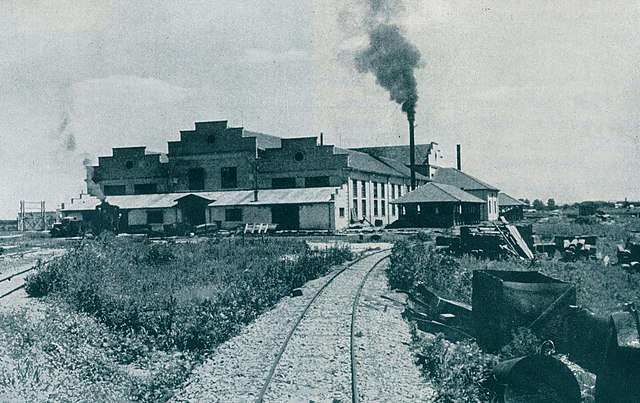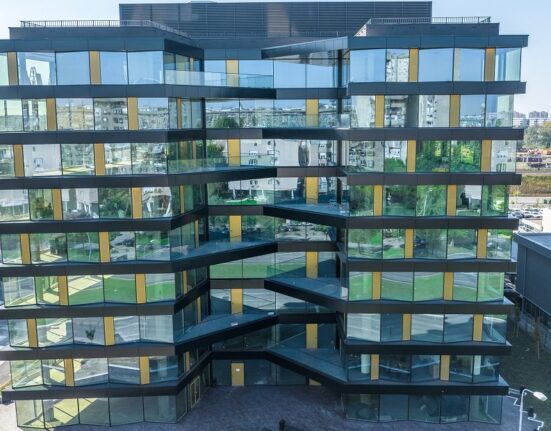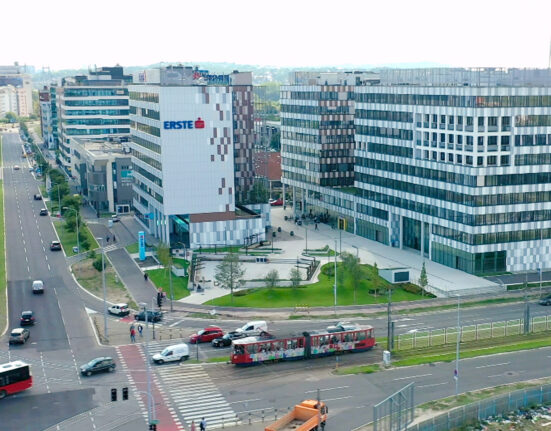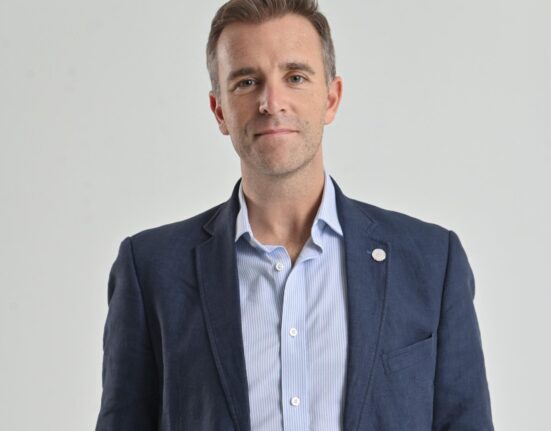The growth rate is an under-the-radar success story, riding in part on the back of continued investment in manufacturing, real estate and IT, despite an onslaught of negative headlines coming largely from the EU.
On the ground, such growth has meant good news, with a consistent combination of foreign investment interest–and actual movement, with German investment in sectors ranging from automobile parts to IT components serving as a solid example. Likewise, government initiatives to revamp local infrastructure will likely spur employment, and this has also been matched by real estate investment from a broad range of firms both within and outside the EU.
The latter has been fueled in part by UK investors, but likewise both Ukrainian and ironically Russian monies have found a home in Serbia in terms of safe-haven investment and also due to a need to move companies to affordable and not necessarily EU locations in Europe. In fact, despite the war, FDI has increased monthly at a rate of approximately USD 475 mln to close to USD 500 mln per month, according to www.ceicdata.com. Other recent stats have confirmed an upward trend with FDI growth equallng 6.8 percent of the country’s nominal GDP in June 2022, compared with a growth equal to 4.6 percent in the previous quarter. That said even though by August FDI had hit EUR 2 bln, 2022 has little hope of matching 2021, a record year for FDI, according to Central Bank statistics.
Likewise, although the Serbian government has pegged GDP growth to meet the predicted 3.5 percent rate for 2022, the World Bank and other institutions are forecasting lower growth of 3.3 percent, and due to the war in Ukraine, energy woes and the prospects of a sharp winter, some are clearly holding their bets.
And while 2022 will still be a banner year, in 2023 Serbian GDP growth is now slated by some analysts to hit only 2.5 percent–and barely above this rate at 2.8 percent in 2024, according to Tradingeconomics.com. This is a far cry from a predicted level in June of this year of 4 percent for 2023. That said, the country may still be in a better position than most, as for example, Poland, which has often been described as a “tiger of Europe” with regard to investment and economic output is slated to see only 1.8 percent growth in 2023.
Serbia has come a long way since efforts, such as the iron and galvanized sheet metal factory in Zemun was founded by Prometna bank on July 10, 1936. Photo credit: Unknown authorUnknown author, Public domain, via Wikimedia Commons.








